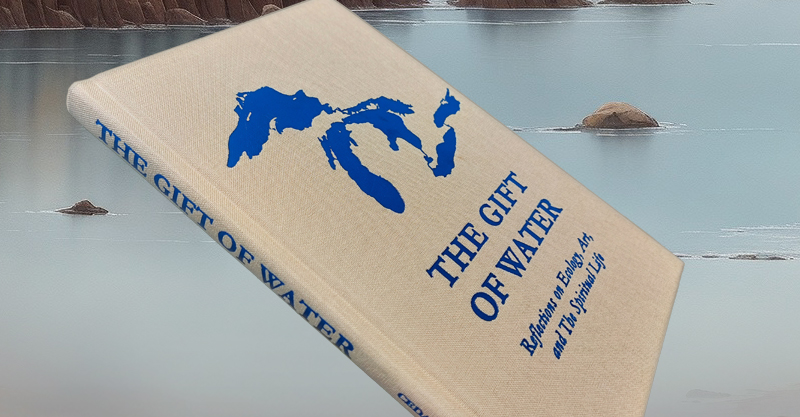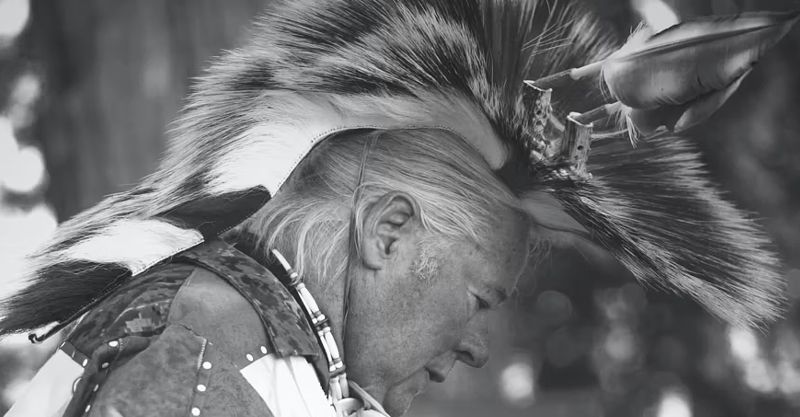The Gift of Water
as seen in the Marquette Monthly December, 2016
By Ken Kelley
At age 80, having entered my ninth decade, I have many years to remember. My memory tells me that none of these decades has been as environmentally dramatic as the most recent decade. Spring storms now bring a kind of fierceness with them never before witnessed. World-wide, we have witnessed increasing amounts of precipitation and life-threatening flooding. Warmer temperatures and rising sea levels are shrinking the ice caps, and rising levels of carbon dioxide in our atmosphere are undeniable. For short-term economic gain, we thoughtlessly and carelessly damage our environment, sometimes irreversibly, to accommodate mineral extraction, fuel production, and manufacturing of various kinds. Even our spiritual and cultural traditions are under assault—witness the current Standing Rock Sioux protest movement in North Dakota against construction of an oil pipeline. Though some us still doubt the very existence of global warming, I do see indications of necessary change. More and more of us are recognizing the dire reality of our present situation, and, locally, I see efforts to direct us away from our path of destruction.
Our children are our greatest asset, and they will bear the brunt of the coming changes; also, they may play a large part in saving us from ourselves. Third grade students at Marquette’s Sandy Knoll Elementary, under the direction of visionary teachers Nancy Usitilo and Jodi Miller, have long been engaged in classroom work and extracurricular activities that teach them how water is integral to all facets of human existence. Using the book Paddle to the Sea, these students explore the Great Lakes Basin, learning not only about the Basin’s geography and history but also about the effects of human activity on the Lakes’ shorelines. Working in pairs, the kids launch their own handmade miniature canoes, and they follow their boats with the help of interactive information carved on the boats. A recently acquired world map will soon visually display the canoes’ separate logs. Their canoes have recently turned up not only at various points in the Great Lakes Basin but also in such far flung places as Oregon and Ireland.
To introduce the kids to the concept of land stewardship, Jodi Miller created a booklet titled Lake Superior in My World. One of the practical results of their learning is that Sandy Knoll third graders have “adopted” the beach at McCarty’s Cove. Several times a year they visit the Cove to make visual observations and record data. Nancy and Jodi believe that when the children learn to love something, they will take care of it. In the words of Barb Dioun:
In the end we will conserve that which we love,
We will love only that which we understand,
We understand only that which we are taught.
The third graders learn the Leave No Trace principle and put it into actual experience. The school year for these kids culminates with a class trip to Pictured Rocks National Lakeshore, where a ranger-led program further supports healthy human interaction with the environment, emphasizing stewardship of that environment.
This learning continues in the middle-school years with a newly developed joint program sponsored by the Superior Watershed Partnership and Music for All Kids. Middle-schoolers will present an informative musical tutorial to the third graders at Sandy Knoll, who will then prepare a similar program for kindergarten and first grade students—kids teaching kids. All of these efforts stress the importance of water and its relation to our environment and the web of life.
Finally, the Cedar Tree Institute is building on these public school efforts through its interfaith Northern Great Lakes Steward Initiative. Volunteers are invited to become environmental water stewards. Over the last four years, the Cedar Tree Institute has coordinated Boy Scouts, Native American tribes, faith communities, and at-risk youth in a similar effort, planting over 10,000 Northern white cedar trees along stream banks and wetlands. A threatened species, the white cedar, is regarded by Native peoples as sacred and as environmentally critical for tribal existence.
The efforts noted above are small in comparison to the size and scope of our coming problems, yet they comprise a necessary and hopeful beginning, and these efforts draw in—as they must—our youth, who of necessity will have to confront current and past generations’ environmental misjudgments and malfeasance.
WATER STEWARDSHIP TIPS
Know your watershed! Marquette County contains seven watersheds. Do some web research to find out which watershed you live in and the state of its overall health.
If you have a well, it’s a good idea to monitor your water source. The Marquette County Health Department can offer you a number of alternatives for testing water quality. 906-475-4195.
Editor’s note: This column was written by a member of the Northern Great Lakes Water Stewards, a faith-based initiative, establishing collaborative partnerships to monitor, restore, and protect the lakes and streams of Michigan’s Upper Peninsula.

“The Gift of Water” columns are offered by the Northern Great Lakes Water Stewards and the Cedar Tree Institute, joined in an interfaith effort to help preserve, protect, and sanctify the waters of the Upper Peninsula.







